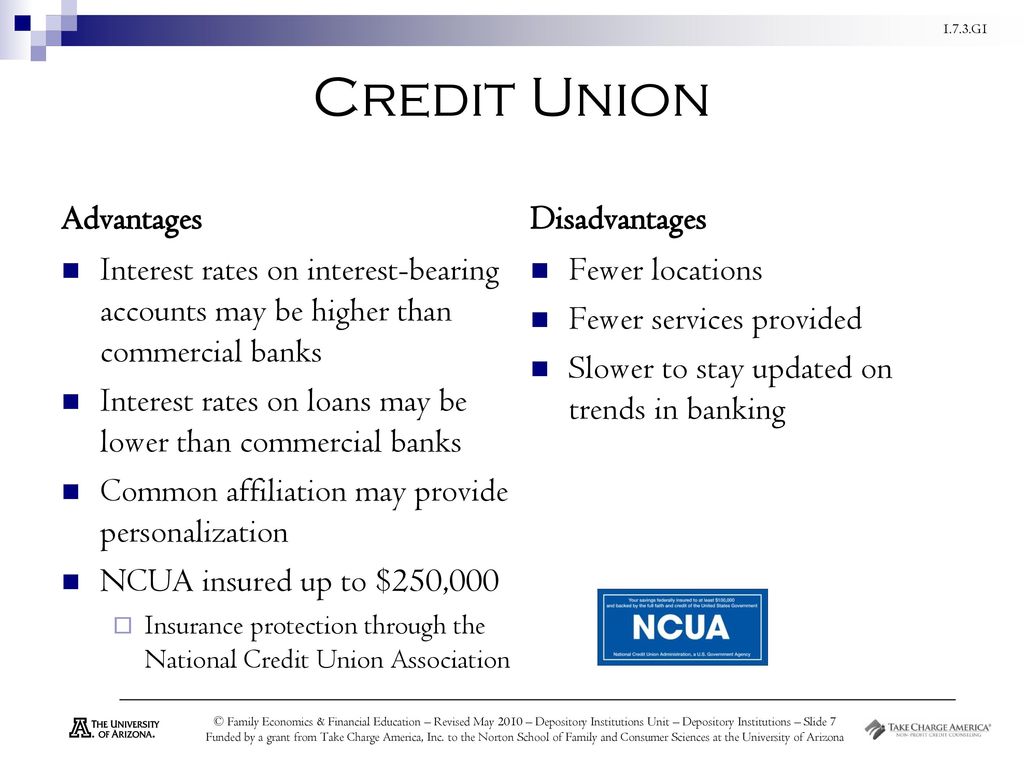The Ultimate Overview to Understanding Cooperative Credit Union

Lending institution stand as one-of-a-kind economic entities, rooted in principles of shared assistance and member-driven operations. Beyond their fundamental values, understanding the complex operations of debt unions involves a deeper exploration. Untangling the intricacies of membership eligibility, the development of services provided, and the unique benefits they bring requires an extensive exam. As we browse via the details of lending institution, an informative journey awaits to clarify these member-focused establishments and just how they differ from typical financial institutions.
What Are Cooperative Credit Union?
Cooperative credit union are member-owned banks that offer a variety of financial solutions to their members. Unlike conventional banks, credit report unions run as not-for-profit companies, suggesting their primary emphasis is on offering their participants instead of making the most of profits. Members of a cooperative credit union commonly share an usual bond, such as working for the exact same company, coming from the same neighborhood, or becoming part of the exact same company.
Among the vital advantages of cooperative credit union is that they typically offer greater rates of interest on financial savings accounts and reduced interest rates on financings compared to banks. Hybrid Line of Credit. This is due to the fact that cooperative credit union are structured to profit their participants directly, permitting them to pass on their earnings in the form of better prices and less fees. Additionally, cooperative credit union are known for their personalized customer support, as they prioritize constructing connections with their participants to comprehend their unique monetary needs and objectives
Background and Advancement of Credit History Unions
The roots of member-owned financial cooperatives, recognized today as cooperative credit union, trace back to a time when neighborhoods looked for alternatives to typical banking organizations. The concept of credit scores unions come from the 19th century in Europe, with Friedrich Wilhelm Raiffeisen commonly attributed as the leader of the cooperative banking movement. Raiffeisen started the initial recognized credit report union in Germany in the mid-1800s, emphasizing community support and self-help principles.
The advancement of cooperative credit union continued in North America, where Alphonse Desjardins developed the first cooperative credit union in Canada in 1900. Quickly after, in 1909, the first U.S. cooperative credit union was formed in New Hampshire by a team of Franco-American immigrants. These early credit scores unions operated on the essential concepts of common support, autonomous control, and member possession.
Over time, cooperative credit union have expanded in appeal worldwide because of their not-for-profit framework, concentrate on serving members, and supplying affordable economic product or services. Today, lending institution play an important role in the economic market, offering easily accessible and community-oriented financial options for businesses and people alike.

Membership and Qualification Criteria
Membership at a lending institution is commonly limited to individuals satisfying specific qualification criteria based on the organization's beginning concepts and regulatory needs. These standards typically include elements such as geographical place, employment status, subscription in particular organizations, or affiliation with details teams. Credit rating unions are recognized for their community-oriented strategy, which is shown in their subscription requirements. Wyoming Credit Union. As an example, some credit unions might just offer people who work or live in a particular area, while others might be customized to workers of a specific company or members of a particular organization.
Furthermore, credit rating unions are structured as not-for-profit companies, indicating that their main goal is to serve their members instead than produce profits for investors. This focus on participant service typically equates into even more customized interest, lower costs, and affordable rate of interest on car site loans and savings accounts. By meeting the eligibility criteria and ending up being a member of a cooperative credit union, people can access a variety of financial services and products tailored to their details needs.
Services and Products Supplied
One of the essential elements that establishes credit rating unions apart is the varied range of financial services and products they provide to their participants. Credit score unions normally give conventional financial services such as savings and inspecting accounts, fundings, and credit score cards.
Furthermore, cooperative credit union often supply convenient online and mobile banking options for participants to easily manage their funds. They may offer advantages such as shared branching, permitting participants to access their accounts at various other lending institution throughout the country. Some cooperative credit union additionally supply insurance policy items like home, life, and auto insurance policy to help participants safeguard their properties and loved ones.

Benefits of Financial With Debt Unions
When thinking about banks, checking out the advantages of banking with cooperative credit union reveals special benefits for members seeking customized solution and competitive rates. One significant benefit of lending institution is their concentrate on tailored customer support. Unlike huge banks, debt unions are member-owned and prioritize building strong connections with their participants. This means that cooperative credit union staff commonly have a much deeper understanding of their members' financial needs and can use customized remedies to aid them accomplish their goals. Furthermore, lending institution are known for using affordable passion prices on car loans and financial savings accounts. Due to the fact that they are not-for-profit companies, lending institution can often provide reduced lending prices, greater cost savings rates, and lower costs contrasted to typical financial institutions. This can lead to considerable cost financial savings for members with time. In general, financial click for more with a credit rating union can provide a much more personalized, affordable, and member-centric economic experience.
Conclusion
In conclusion, credit report unions stand out as member-owned economic establishments that focus on offering their members over maximizing revenues. With beginnings dating back to 19th century Europe, credit report unions adhere to principles of mutual help and member ownership.
Credit rating unions are member-owned financial organizations that provide a range of banking services to their members. The concept of credit scores unions originated in the 19th century in Europe, with Friedrich Wilhelm Raiffeisen commonly attributed as the leader of the cooperative banking motion.The advancement of credit scores unions continued in North America, where Alphonse Desjardins established the index very first credit score union in Canada in 1900. Debt unions usually supply typical financial services such as savings and inspecting accounts, finances, and credit report cards.When taking into consideration economic organizations, checking out the advantages of financial with credit history unions reveals unique benefits for members seeking personalized solution and affordable rates.
Comments on “Credit Union in Wyoming: Discover the Conveniences of Member-Focused Banking”